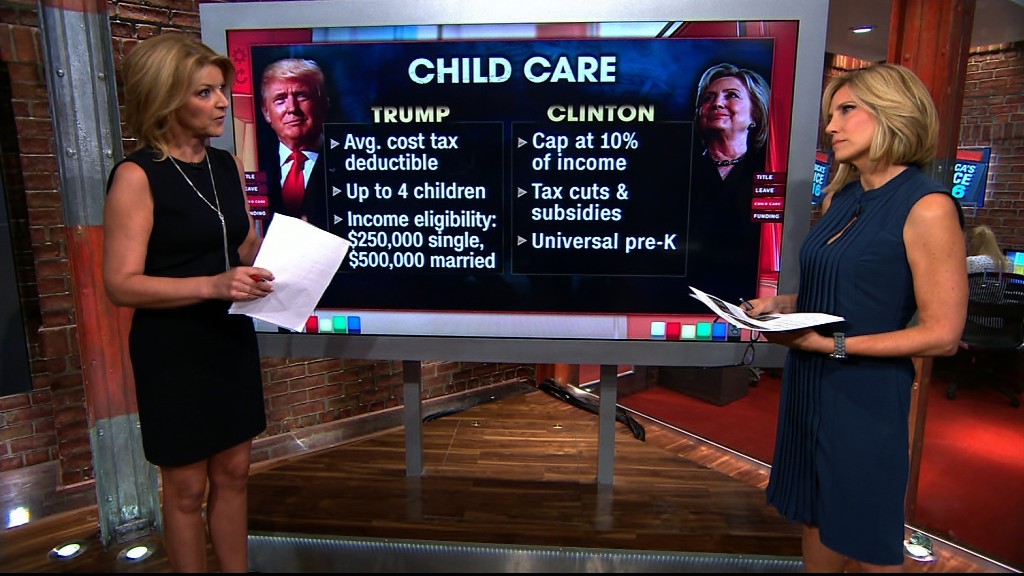
Donald Trump has claimed his tax plan will cut taxes for working- and middle-class Americans.
And independent reports have shown that under Trump's proposals, all income groups would see a tax cut on average.
But "average" doesn't mean everyone.
A new analysis estimates that Trump's tax plan could actually raise the tax burden on millions of low- and middle-income families.
The analysis was done by Lily Batchelder, who formerly served as deputy director of President Obama's National Economic Council and Majority chief tax counsel for the Senate Finance Committee under former Sen. Max Baucus.
And the conservative Tax Foundation said it replicated many of Batchelder's numbers and found her conclusions to be "reasonable."
Batchelder estimates that roughly 20% of households with minor children and more than half of single parents could end up paying more in taxes than they do today. These groups include about 25 million adults and 15 million children.
Related: Trump's latest tax plan is cheaper, but still costs a lot
The potential increases are due to changes that Trump's plan would make to the current tax code.
For instance, Trump would raise the lowest tax bracket to 12% from 10%. He would eliminate the head of household status, which today benefits single parents of dependents more than if they just filed as single. And he would repeal personal exemptions, each worth $4,050 per parent and per dependent.
Instead, Trump would greatly increase the standard deduction (to $15,000 for singles and $30,000 for married couples) and include a few new tax breaks for child care. He would retain today's child and dependent care tax credit.
The examples of tax increases detailed in the analysis run as low as $150 to as much as $2,440.
Many single parents might find that the head of household status that they claim today combined with their personal exemptions may offer a bigger break than the enlarged standard deduction and new child care tax deduction or refundable credit under Trump's plan.
For instance, a single parent making $75,000 with two children in middle school would see a tax increase of $2,440 if she had no child care costs; or $1,640 if she paid $8,000 for child care in a year.
A married couple making $50,000 with two school-aged children could pay an additional $150 if they have no child care costs.
Another married couple making the same amount but with three kids and $8,000 in child care costs could see a $450 tax increase.
Trump campaign slams report
The Trump campaign's national policy director, Stephen Miller, rejected the analysis out of hand, characterizing it as "entirely fraudulent" because it did not model everything in Trump's tax plan.
Among his key objections are that neither Batchelder nor the Tax Foundation included a $500 match for low-income families who save $1,000 in dependent care savings accounts.
Kyle Pomerleau, director of federal projects at the Tax Foundation, told CNNMoney that "we left this out because it is difficult to estimate take-up rates for savings accounts that don't exist."
Batchelder offered a multi-part response on Twitter. First, she noted, most people facing a tax increase in her analysis are middle-income families and they likely would not qualify for the match. Second, Batchelder said, for low-income families who do qualify, many face tax increases in excess of $500 anyway so they would still pay more.
And although the Trump tax plan would let cash-strapped families redirect their Earned Income Tax Credit money into the account to get the match, that money is often used to pay off debt or other bills.
"Trump's proposal would still require families to take on more debt or delay paying it off in order to reduce their tax hike," Batchelder wrote.


